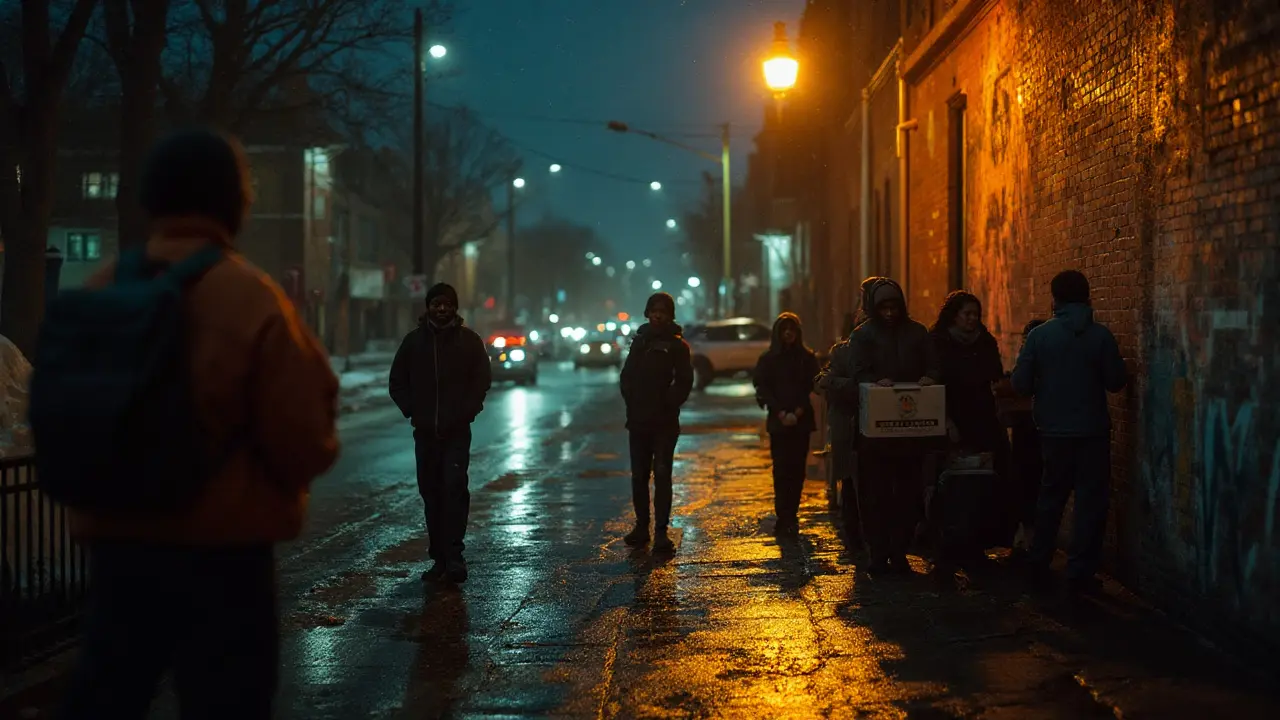Moral Dilemma of Prostitution: Why It Matters to All of Us
When you hear "prostitution," you probably picture a headline or a movie scene, not the real lives behind it. The moral dilemma of prostitution isn’t just a legal issue; it’s about safety, consent, economics, and how society treats people who sell intimacy. Let’s break down the big questions in plain English.
The Core Conflict
On one side, some argue that any exchange of sex for money is wrong because it objectifies the body. They say it fuels exploitation and sends a harmful message about women (and men) as commodities. On the other side, many sex workers claim they choose the work, earn a living, and even find empowerment in setting their own rules. The clash comes when you try to decide which side is right without ignoring the facts on the ground.
Legal frameworks add another layer. In places where prostitution is illegal, workers often operate in the shadows, which can lead to violence, blackmail, or lack of health protection. In regulated markets, you see licensing, health checks, and clearer rights, but critics say the state still controls bodies and can create new forms of stigma.
Safety is the most concrete piece of the puzzle. A 2023 survey of European escorts showed that those who booked through vetted platforms reported 40% fewer incidents of assault compared to street-based workers. That number tells us that when the industry is transparent and monitored, the risks drop dramatically.
Finding a Realistic Path
So, what’s a balanced approach? First, treat sex workers like any other service provider—offer clear health guidelines, enforce consent, and protect privacy. Second, let the law focus on preventing trafficking and abuse instead of criminalizing every adult who consents to the work.
Education helps too. Many people still think “prostitution” means forced labor, but the reality includes a spectrum from full coercion to fully consensual independent escorting. Understanding that spectrum reduces blanket judgments and opens room for nuanced policies.
Community support makes a difference. Peer networks, online forums, and local advocacy groups give workers a safe space to share tips, report bad actors, and get legal advice. When those networks are strong, the moral dilemma shifts from “should we allow it?” to “how do we make it safer for everyone?”
Finally, personal responsibility matters. If you’re a client, treat the encounter with respect, follow safety guidelines, and pay fairly. If you’re a policymaker, look at data—not ideology—when crafting regulations. Small, practical steps add up to a big change in how society sees and handles this issue.
In short, the moral dilemma of prostitution isn’t a black‑and‑white debate. It’s a mix of ethics, law, safety, and human dignity. By focusing on real‑world outcomes and listening to the people actually involved, we can move past the moral tug‑of‑war and build a safer, more respectful environment for everyone.

